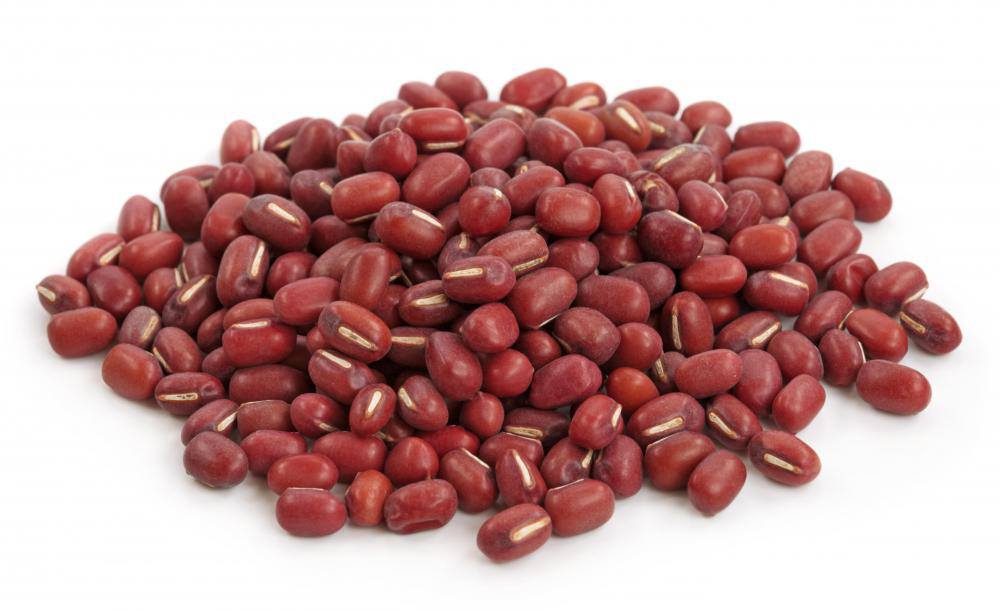Indian Rice – Basmati

Product Info
It is true that different sectors of the rice industry have different interests and priorities. As rice is the only grain that is not processed before consumption; meanwhile, other grains are usually processed before reaching the consumers. No wonder, grain quality in rice is a very sensitive issue. Farmers are interested in early maturing and high yields, which will give them a good return on high yields and allow enough time to plant the following crops, including wheat. Miller’s interest is high head rice recovery. Traders prefer attractive physical appearance (shape and size), whiteness and uniform grain size.
Rice Verities in India
- Organic Basmati Rice
- Brown Basmati Rice Dehradooni
- Basmati Rice Supreme Quality
- Basmati Rice A Grade
- Basmati Rice B Grade
- Parboiled Basmati Rice
- Long Grain Raw Rice 5, 10, 15, 20, 25, 35, 100% broken
- Long Grain Parboiled Rice 5, 10, 15, 20, 25, 35, 100% broken
- Long Grain Silky (Water Polished) Rice
- Medium Grain Rice – Raw and Parboiled
- Round / Short Grain Rice – Raw and Parboiled
Nutritional benefits of rice
- Rice is an excellent source of energy. It is rich in carbohydrates, which are broken down into glucose to provide energy for working muscles and fuel for the brain.
- Rice is low in sugar and total fat and saturated fat. It is cholesterol-free, contains negligible amounts of salt and has no additives or preservatives. It is suitable to include in a diet for those watching their weight or on cholesterol-lowering diets.
- Rice is gluten-free, making it ideal for people who are unable to tolerate the proteins found in wheat, barley, rye, oats and triticale.
The glycaemic index (GI) ranks foods based on their immediate effect on blood sugar levels. Eating low GI foods, such as certain varieties of rice, can lower insulin levels which makes fat easier to burn and less likely to be stored.
